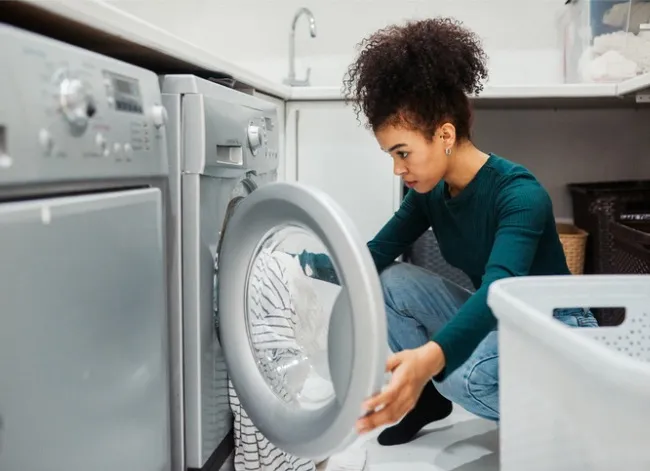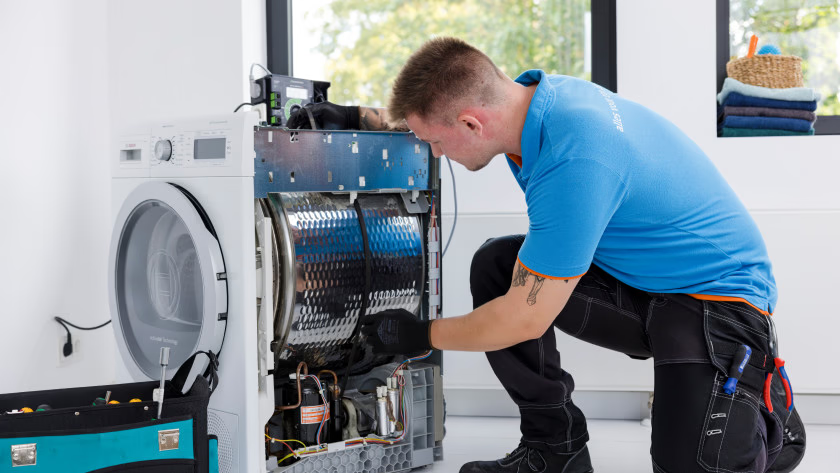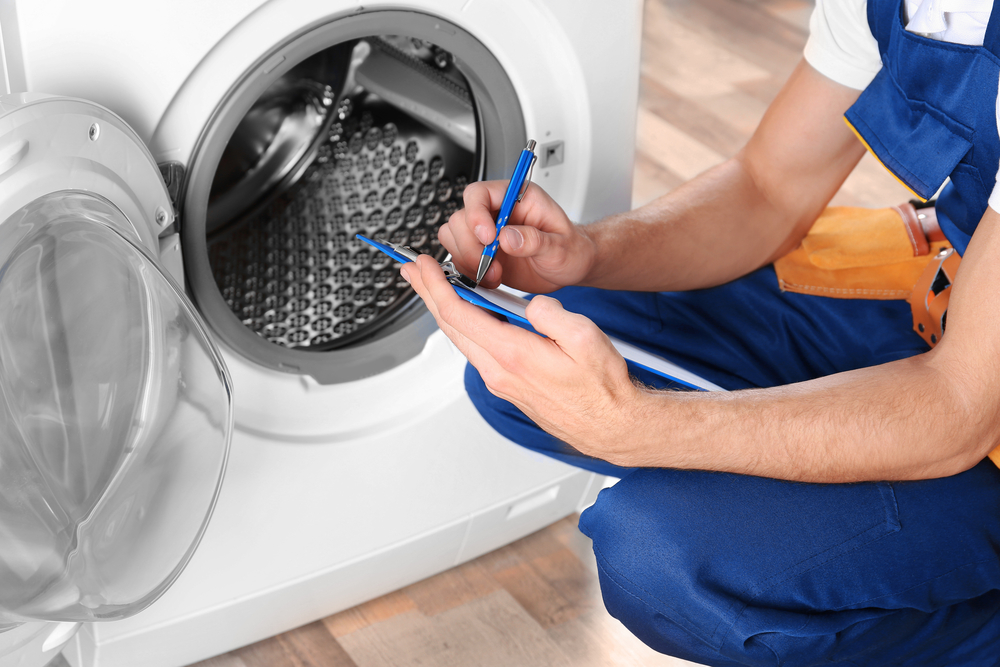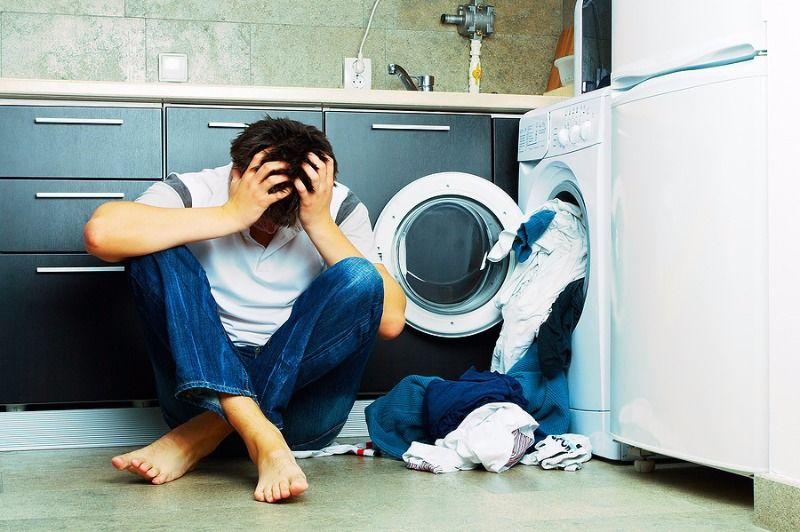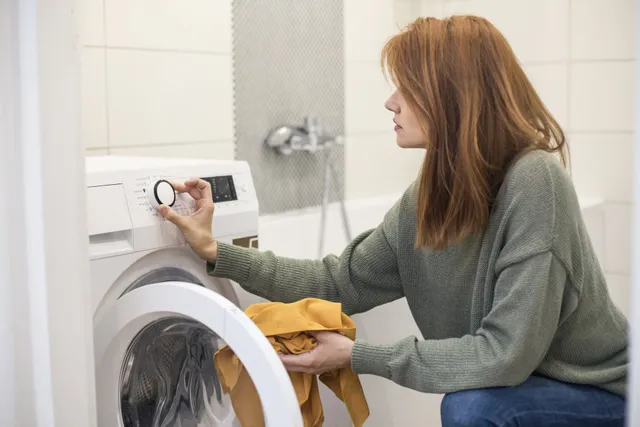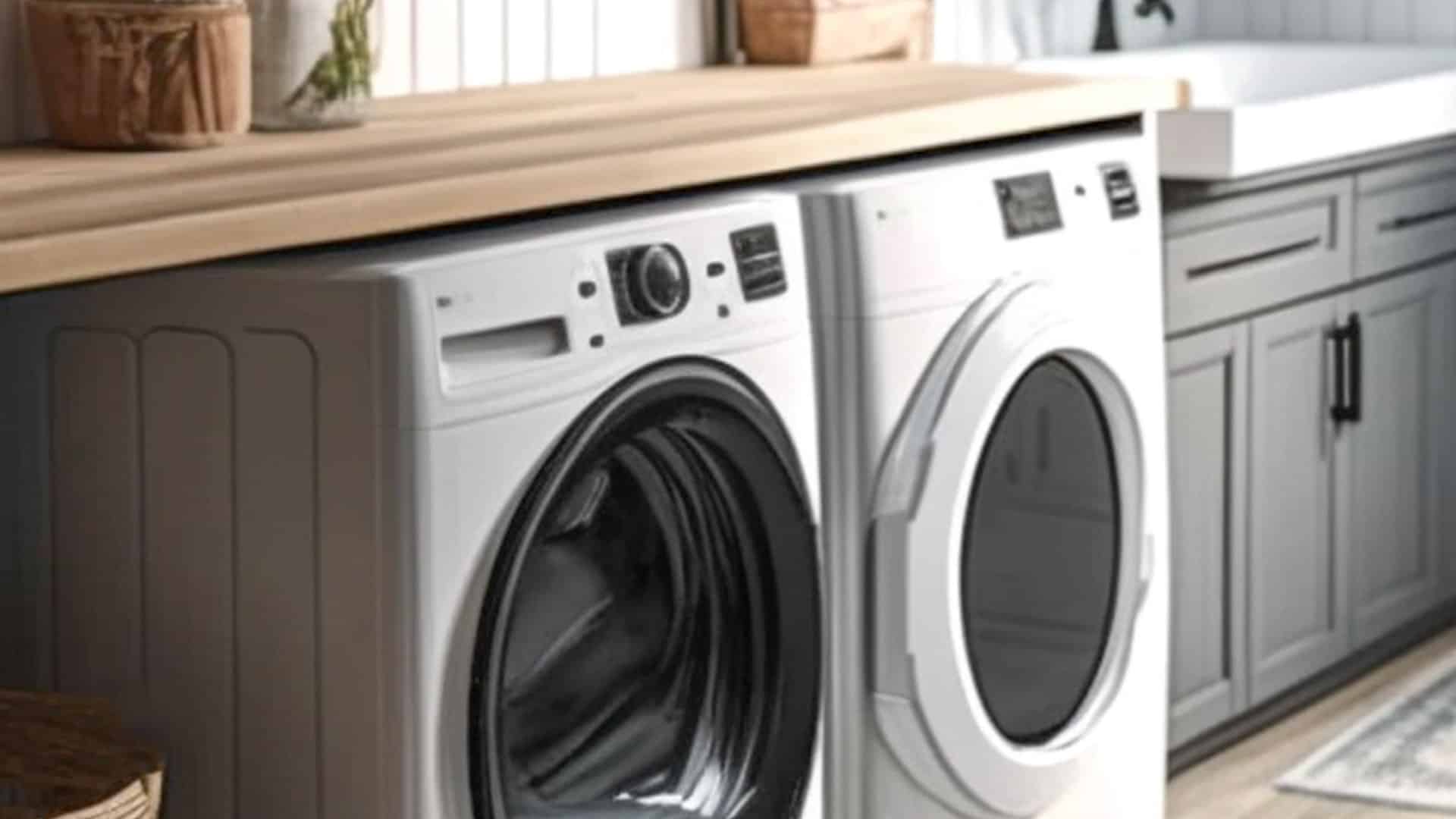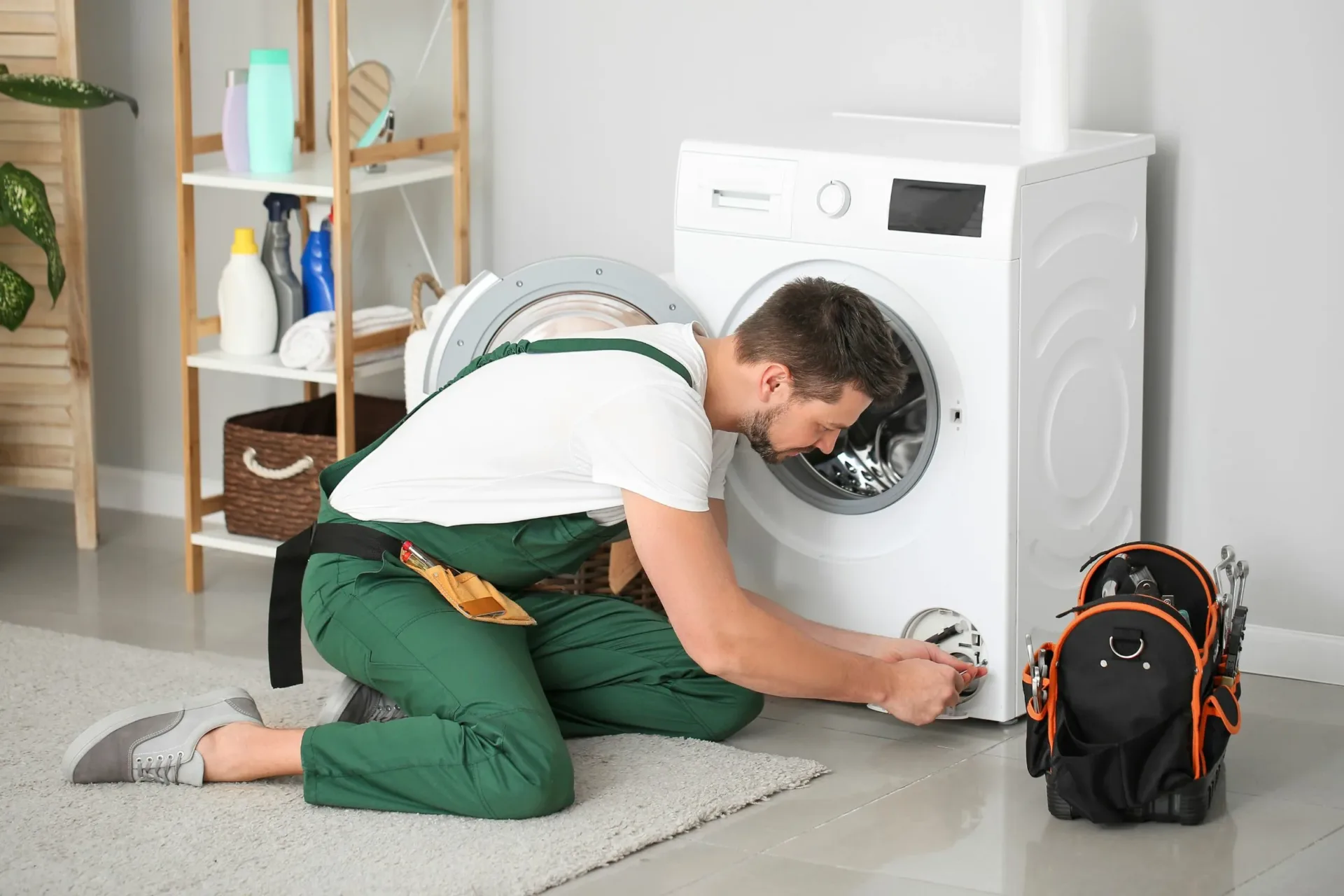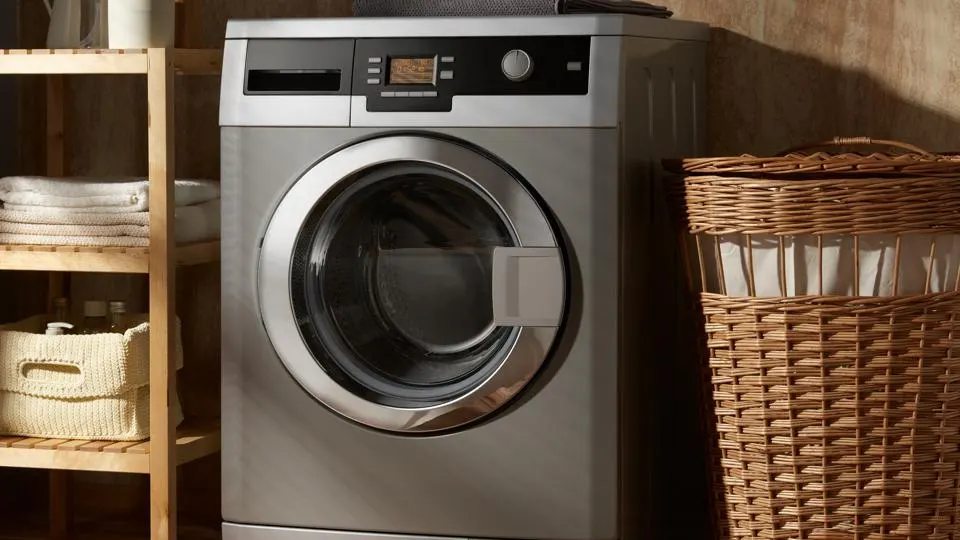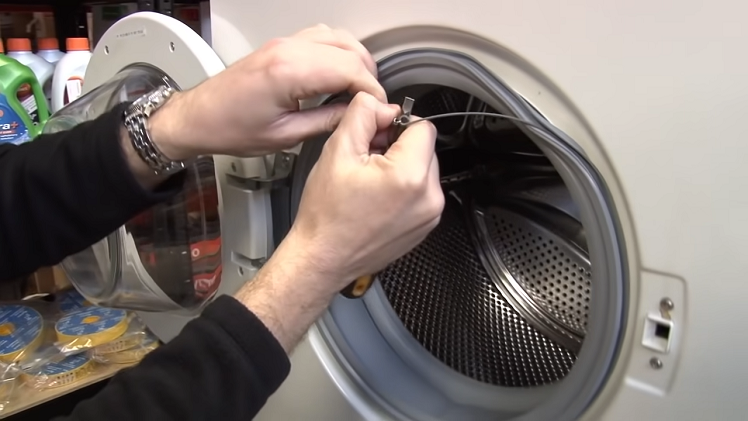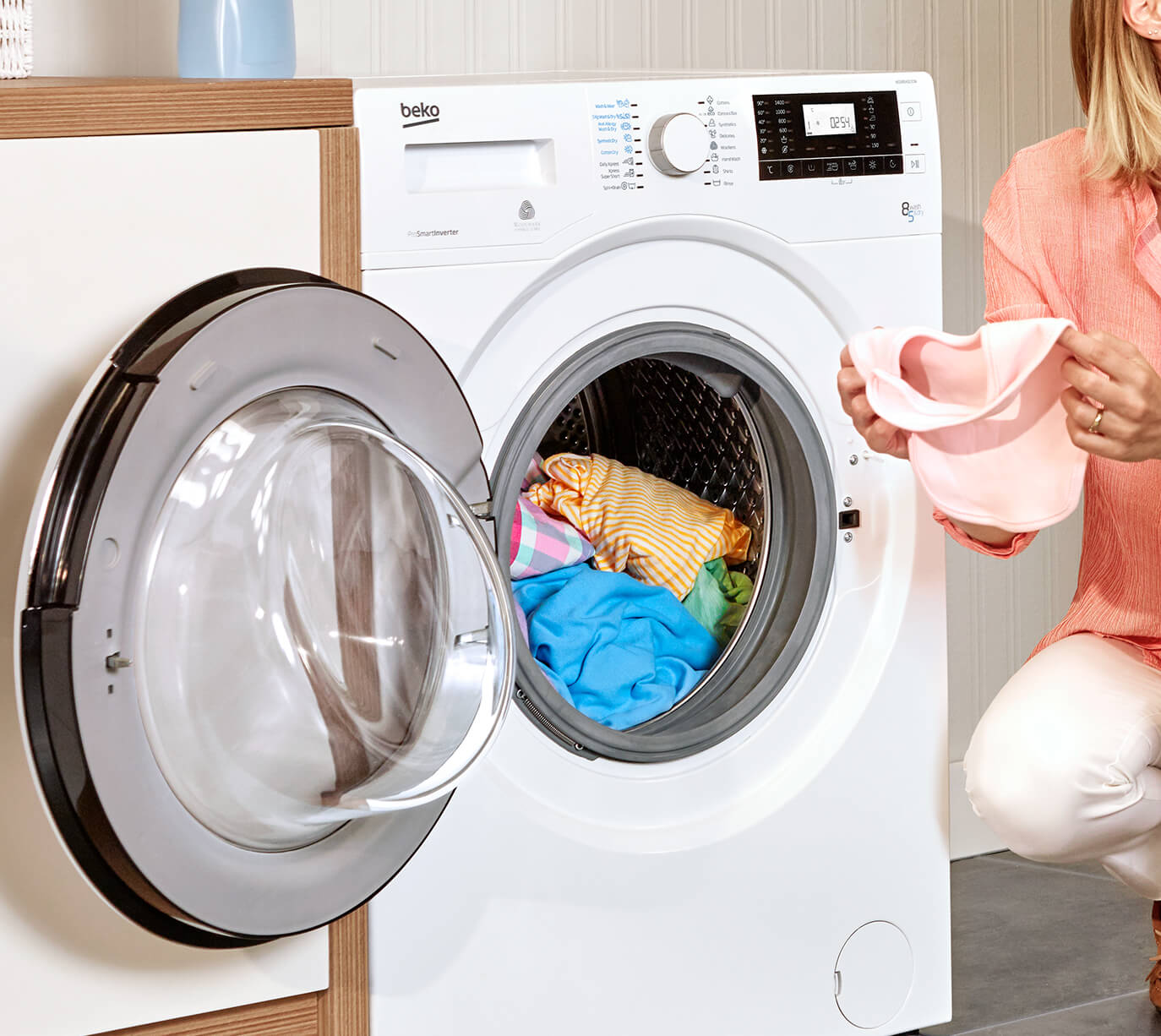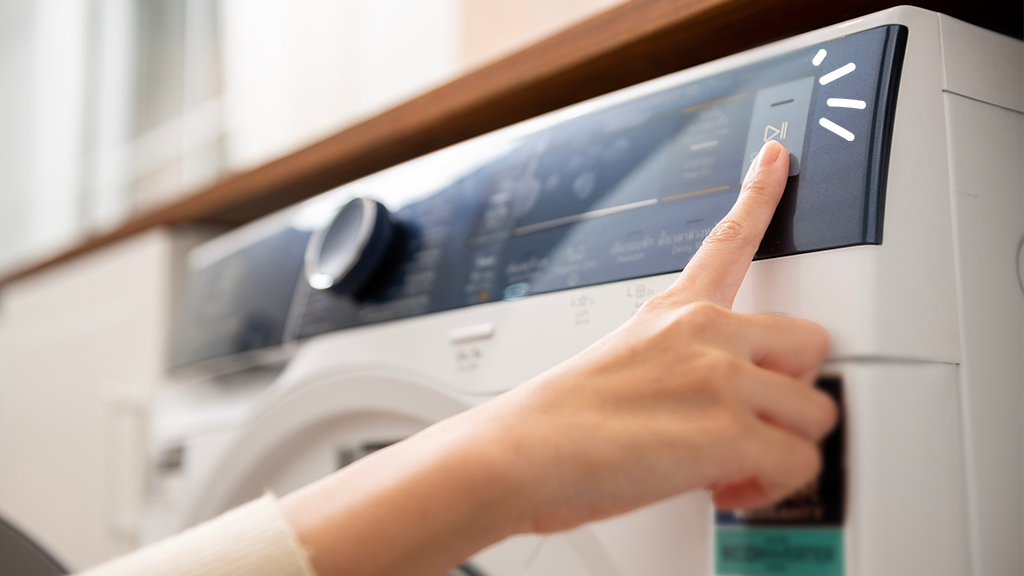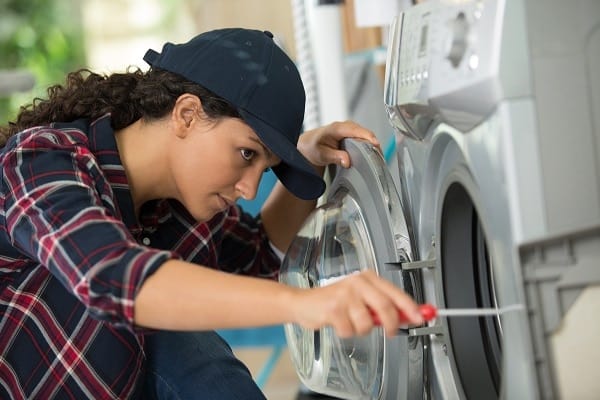Is your washer shaking, vibrating, or moving excessively during the spin cycle? A shaking washer can be not only annoying but also potentially damaging to your appliance and surrounding area. Identifying the cause of the shaking and taking appropriate action is crucial to restore stability and prevent further issues. Here’s what you need to know about addressing a shaking washer:
Common Causes of Washer Shaking:
- Unbalanced Load: One of the most common reasons for a shaking washer is an unbalanced load. When clothes are not evenly distributed inside the drum, the washer can become imbalanced during the spin cycle, leading to excessive shaking and vibration.
- Uneven Flooring: If your washer is not level or sits on an uneven surface, it may shake or vibrate more than usual during operation. Uneven flooring can amplify vibrations and cause the washer to move around.
- Worn or Damaged Shock Absorbers: Shock absorbers help stabilize the washer drum during spinning. If these components become worn or damaged, they may fail to dampen vibrations effectively, resulting in shaking or excessive movement.
- Loose or Worn Suspension Springs: Suspension springs support the weight of the washer drum and help absorb vibrations during operation. If these springs become loose or worn out, they may allow the drum to move excessively, causing shaking.
- Faulty Leveling Legs: The leveling legs of the washer, which adjust the height and stability of the appliance, may become loose or misaligned over time. If the washer is not properly leveled, it can shake or vibrate during use.
Steps to Troubleshoot and Resolve Washer Shaking:
- Check for an Unbalanced Load: Stop the washer and redistribute the load evenly inside the drum. Avoid overloading the washer and ensure that heavy items are balanced with lighter ones.
- Ensure Proper Installation: Make sure your washer is installed on a level surface and that all leveling legs are adjusted to ensure stability. Use a bubble level to check for any unevenness.
- Inspect Shock Absorbers and Suspension Springs: Check the shock absorbers and suspension springs for signs of wear or damage. Replace any worn or damaged components to improve stability and reduce shaking.
- Tighten or Adjust Leveling Legs: If the leveling legs are loose or misaligned, tighten them or adjust them as needed to ensure the washer is stable and level.
- Consider Anti-Vibration Pads: Installing anti-vibration pads or mats under the washer can help reduce vibrations and minimize shaking, especially if your washer is located on a hard floor surface.

